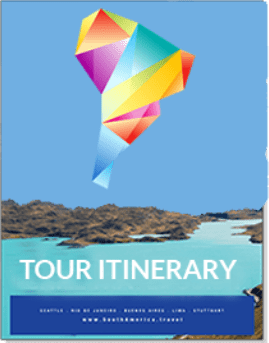In the morning you leave Asunción and head towards San Lorenzo. Here you visit the Archaeological and Ethnographic Museum of Guido Boggiani. The ethnographic collection consists of over 3,300 pieces of Paraguayan Native’s life: utensils, tools, pottery, braids, laces, fabrics, feathers, clothing, musical instruments, various types of weapons and equipment. It shows also a photographic series “The land without evil” of Zamuko of Buffe JP (1986 and 1993) and a collection of photos made by Guido Boggiani (1898-1905), a series of maps, postcards and unpublished audiovisual.
After that the journey goes the Indian tribe Maká (Makas, mac’as or unclean). They live today in an Indian reservation. Main income of Makas who originally fed on with hunting, fishing and collecting honey, it is today the sale of souvenirs.
After that we will cross the Remanso bridge, that crosses the Paraguay River and connects the western and eastern Paraguay. A few kilometers away is located Villa Hayes, capital of the department of Presidente Hayes (one of the three departments of the Paraguayan Chaco). Here you visit the Museum of History, which shows uniforms, weapons, photographs and paraphernalia from the time of the Chaco War. There is also an exhibition of ancient coins and stuffed animals from the Chaco region. T
hen you will get to know another indigenous community in Cerrito, Chaco – “Toba Qom”. The Toba Qom Native community is located about 45 kilometers north of Asuncion, behind Villa Hayes. There are more than 1,000 inhabitants. This Indian group, originally from Bolivia, lives now between the rivers Mosquito and Rio Negro. Early sisters from the movement of Father Domenico Masi opened here a training center with a dining room for children, which are today still run by them.
Meanwhile, the Tobas have a school and a clinic. Their main occupation is temporary rural labor (lumberjack, cotton pickers, etc). Also they cultivate vegetables, such as pumpkin, cassava and sweet potato. Other employment is fabric of ceramics craft, guaiac or textile fibers (Caraguata).
After the visit you will enjoy lunch on the bank of the Paraguay River. The menu contains the various dishes of the river fish. Then we drive back to Asuncion.





















 (Recommended)
(Recommended)







